As mothers, we play a crucial role in setting the atmosphere in our homes, which includes educating our kids about the significance of consuming natural foods. Our goal is to foster lifelong health habits in our children and safeguard them against issues such as heart disease, obesity, unhealthy cholesterol, and blood sugar problems. One strategy that has been effective for me is compiling a list of whole foods to have readily available.
Two key priorities for my family are steering clear of processed foods with additives and sugar while increasing our intake of whole foods. I achieve this by ensuring our kitchen is well-stocked and planning meals. This approach helps eliminate less healthy options at home, making it simpler to opt for nutritious items and also reduces spending on groceries, which is essential at the moment.
But what should a pantry dedicated to real foods contain? With the vast array of choices at the supermarket, crafting a shopping list can be daunting. Below are the foods I regularly focus on for my family, encouraging a whole-food dietary habit.
Essential Whole Foods for Your Pantry
Pantry staples are worth stocking because they have a longer shelf life. Buying in bulk or capitalizing on sales is an excellent strategy for saving money. Though I mostly cook with fresh and frozen items, my limited pantry space is stocked with essential items for cooking and baking.
Here’s a rundown of the non-perishable items I frequently include in my clean-eating recipes.
Coconut Products
We use a variety of coconut products, including coconut oil, milk, cream, shredded coconut, and coconut flour. I enjoy making chocolate coconut clusters as a treat and coconut granola for breakfast. Coconut oil is often used for roasting veggies and baking, and my kids even enjoy it straight from the spoon!
I usually source my coconut products from Tropical Traditions, although they are also available online or in stores, just look for organic, unrefined, cold-pressed versions.
Olive Oil
Olive oil provides a good source of monounsaturated fats. Opt for extra virgin olive oil, which is the healthiest. I use it for homemade dressings and mayonnaise. Despite some debate about using it for cooking, my research suggests it’s safe. However, it isn’t the cheapest cooking oil option.
Regrettably, some olive oils are misleadingly labeled as extra virgin. I trust Kasandrinos for the best quality olive oil at a reasonable price.
Other Beneficial Fats
I also favor using lard, tallow, and ghee in cooking and baking. When time allows, I prepare these myself to save money, but purchasing them in bulk from trusted sources is also practical. US Wellness Meats sells grass-fed, organic tallow, rich in CLA, in bulk at a competitive price.
Vinegar
For culinary purposes, I utilize balsamic, red wine, and apple cider vinegar, mainly for salad dressings and marinades. If I feel a cold coming on, I drink a couple of tablespoons of apple cider vinegar mixed with water.
Nuts
For quick snacks, I stock walnuts, cashews, almonds, and macadamia nuts. I prefer soaking and dehydrating them to reduce phytic acid. Macadamia nuts, dipped in 90% dark chocolate and cooled, are a favorite treat.
I also make homemade nut butter and milk from them, such as almond butter and almond milk. Choose organic and, for dehydrating purposes, opt for raw nuts over roasted ones.
Raw nuts have a shelf life of about 6-9 months, so consider freezing them for longer preservation.
Canned Fish
Canned fish is a convenient source of protein on the go or for a quick meal. I keep sardines, tuna, and wild-caught salmon handy for tuna salads and salmon patties. Wild-caught options are the healthiest and most sustainable.
Self-Canned Vegetables
Our large garden yields plenty of tomatoes and other vegetables. To store these for later use and save money, I’ve taken to canning most of them. Despite being time-intensive, I can make ketchup, tomato sauce, tomato paste, etc., from our garden’s produce.
There was some concern about BPA in canned goods, prompting my canning journey, but most canned food is now BPA-free. If home canning isn’t feasible, ensure the label states "no BPA," or seek these items in glass jars.
Vegetables
Some vegetables, like sweet potatoes, onions, winter squash, and garlic, can be stored in the pantry and used before they spoil.
Baking Ingredients
We enjoy baking, so I keep various paleo and gluten-free ingredients on hand to satisfy the urge. We have several types of flour, which we sometimes prepare ourselves but often purchase in bulk.
For sweeteners, I store raw honey (from the hives at my parents’ farm), organic maple syrup, dates, and coconut sugar.
Dry Goods
We consume limited grains and legumes, buying them sparingly. After achieving remission from Hashimoto’s, I reintroduced a small amount of organic jasmine rice, consumed once a week or less. I prefer white rice over brown for specific reasons.
I also keep dry black beans for Mexican beef and rice bowls, soaking and pressure-cooking them first to ease digestion. Since they’re legumes, I rarely eat them, much like lentils and chickpeas.
Herbs and Spices
I dedicate an entire cabinet to herbs and spices, as they can elevate a meal from good to exceptional. Some herbs offer medicinal benefits, doubling their kitchen use.
Oregano is antimicrobial, and peppermint and ginger help with nausea. Elderberries are perfect for making syrup and gummies. These herbs and spices can also aid in appetite control and weight loss.
Stocking a Real Food Fridge
With six children, keeping a well-stocked fridge is challenging! A full fridge doesn’t stay that way for long, so I’ve added a deep freezer and an extra fridge.
Here are the whole foods I regularly keep to ensure access to healthy choices.
Vegetables
To ensure instant snacks, I store sliced cucumbers, carrots, and celery in the fridge. Lettuce and spinach are kept for salads, and cabbage is used for sauerkraut, which usually ferments on our counter. We also purchase an array of vegetables for side dishes and recipes, plus some frozen from last year’s garden.
Fruits
Our fruit purchases are based on what’s in season, including blueberries, strawberries, kiwis, mangos, tangerines, etc. I always have apples and oranges for the kids and buy lemons and limes when available, using juice when not in season.
Alternative Milks
While we don’t often consume dairy, we do use milk alternatives. There’s always at least a gallon of store-bought or homemade coconut milk for smoothies and drinks, with the occasional almond or homemade macadamia nut milk.
Yogurt
Although yogurt isn’t a staple, I purchase the full-fat, organic variety to make whey for fermenting and yogurt cheese for cooking and dips. If time allows, I make my own, beneficial if you have access to raw milk.
Meats and Seafood
Meat is often underrated but vital for health. I aim for a protein intake of 1 gram per pound of body weight daily. I purchase chicken breasts and ground beef for weekly batch cooking.
It’s cost-effective to buy meat or even a portion of an animal from local farmers or regenerative farms. I stock up on nitrite-free bacon, sausage, and hot dogs during sales, and also keep frozen wild-caught shrimp and salmon for seafood dishes.
Eggs
With a significant egg consumption, I buy 5-6 dozen weekly, including one dozen hard-boiled for snacks. If affordable, pasture-raised organic eggs are ideal, though finding a farmer who sells them is even better. We now have ducks, providing us with fresh duck eggs, which we enjoy.
Condiments
I began making most of my own condiments years ago, as store options were lacking. However, more clean-eating choices are emerging in stores and online. I consistently keep certain condiments in the fridge.
What are your top tips for maintaining a real food kitchen? What are your favorite staples for clean eating?


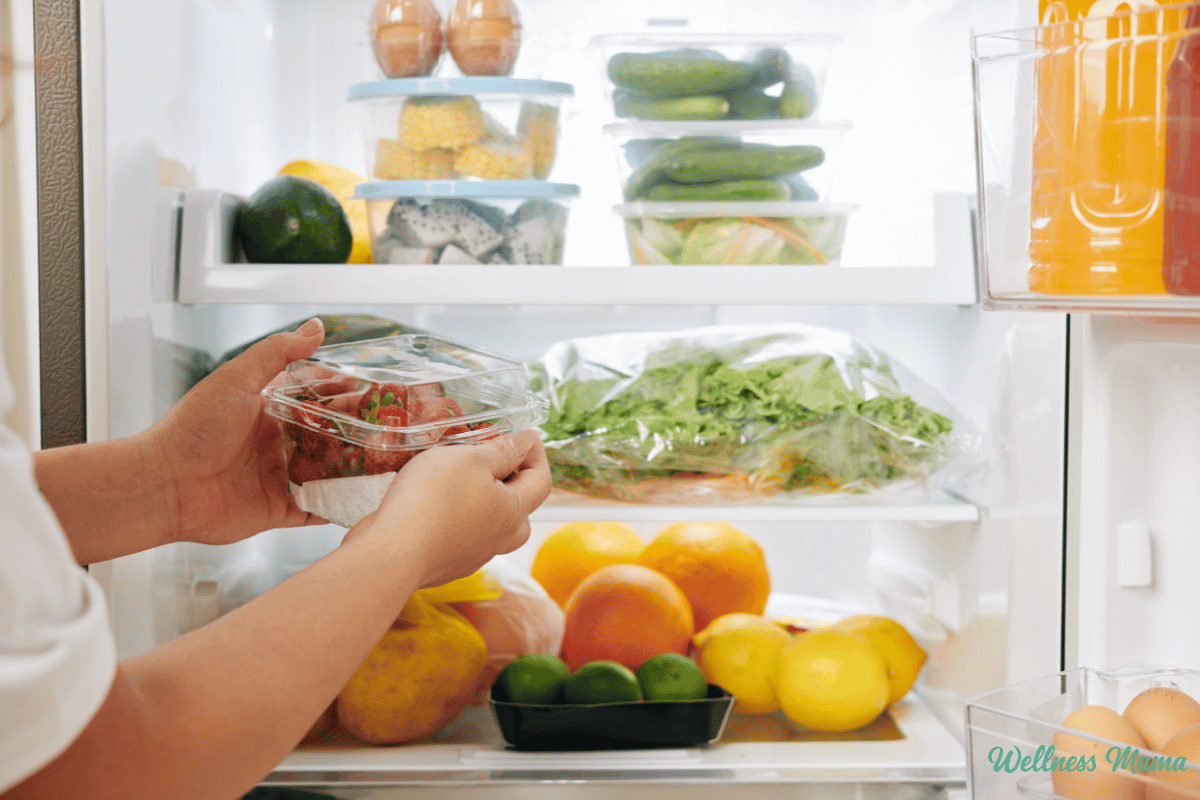









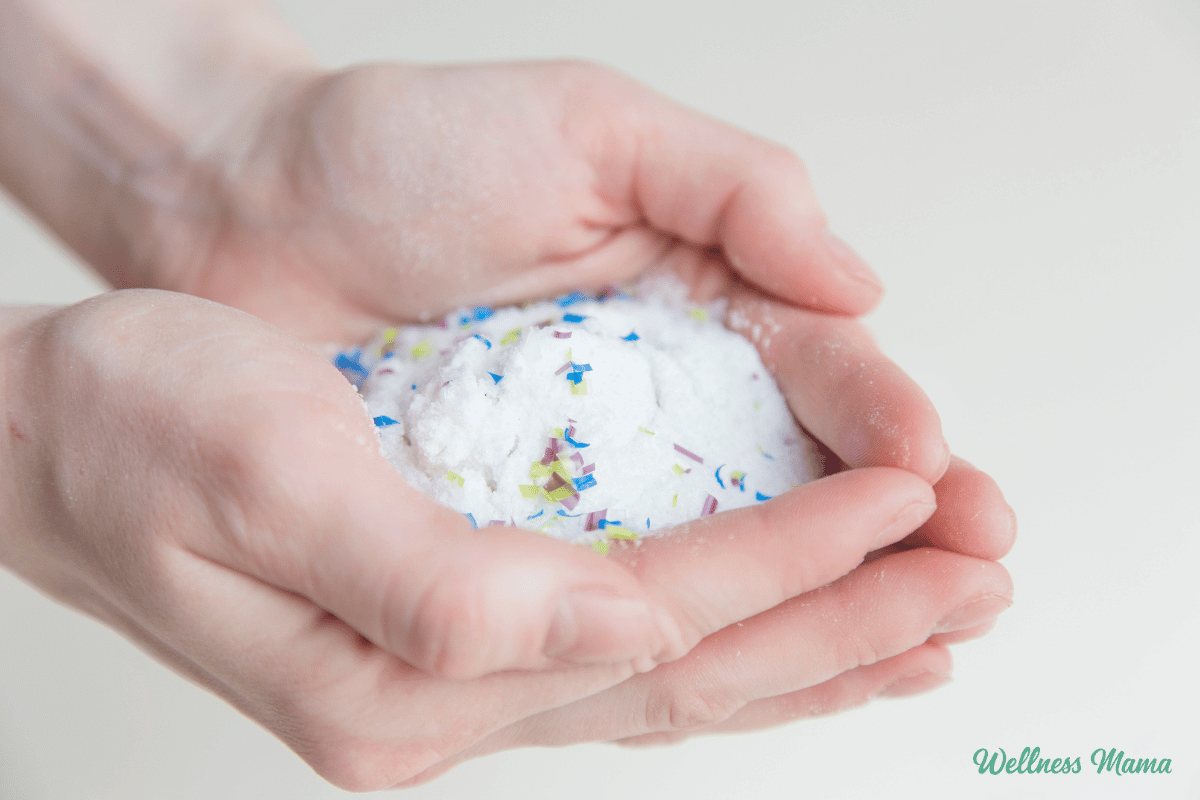

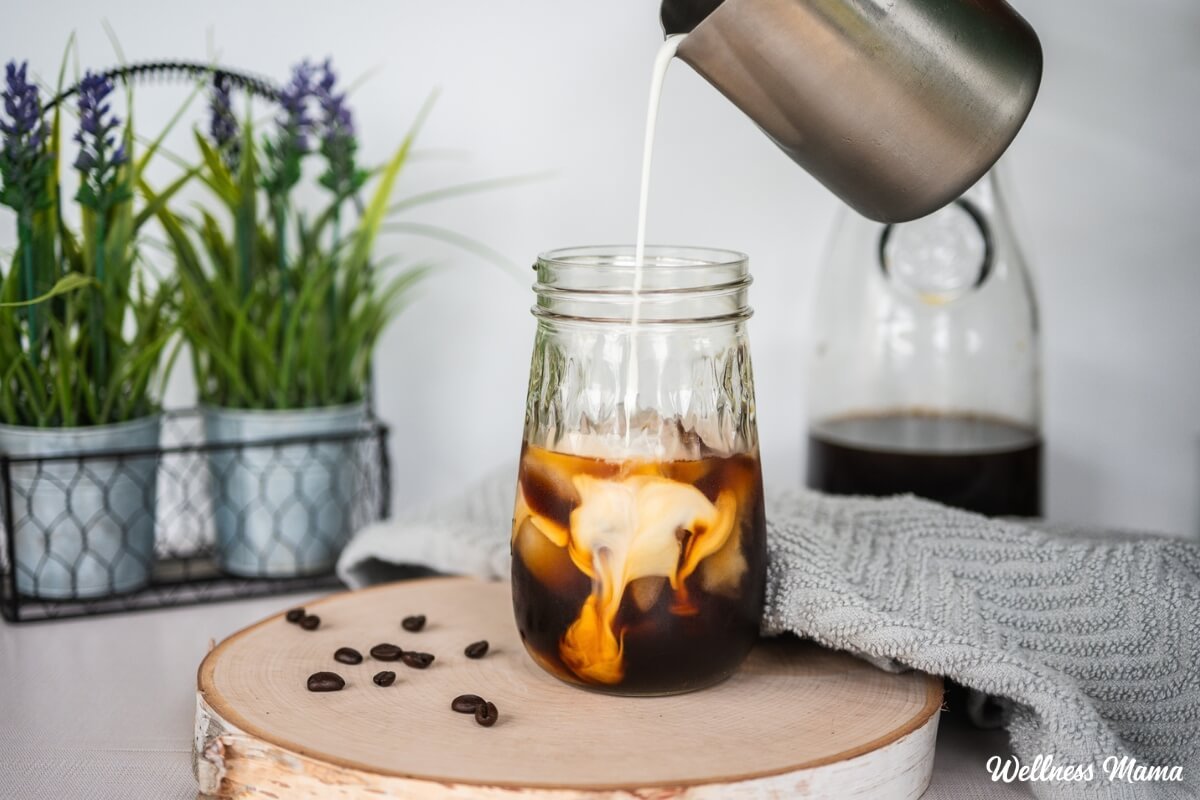
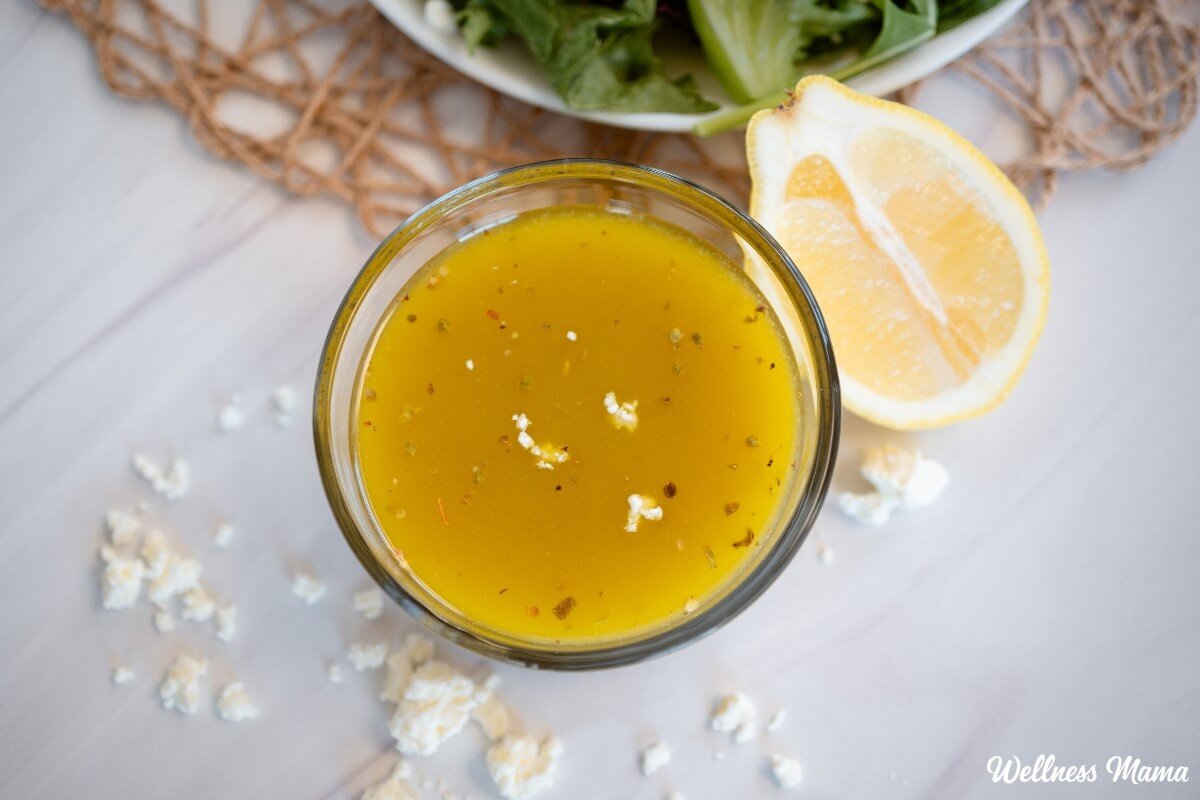
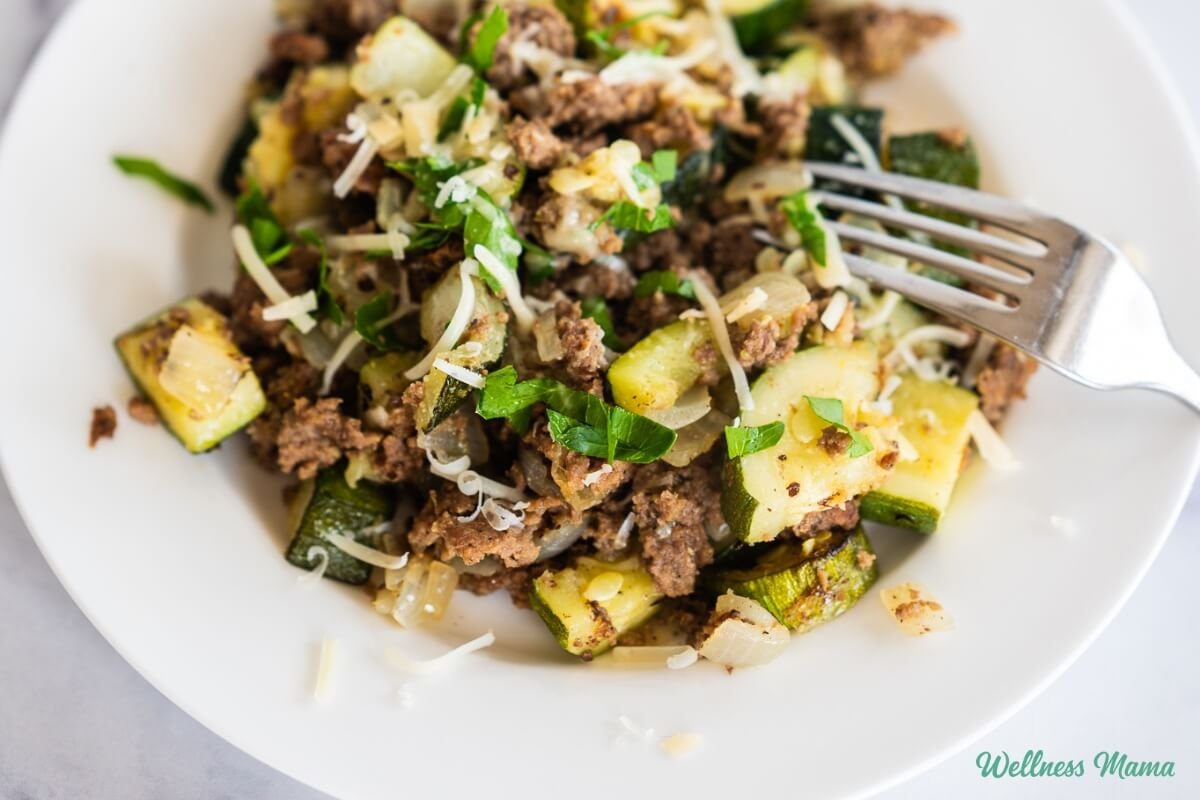
Leave a Reply